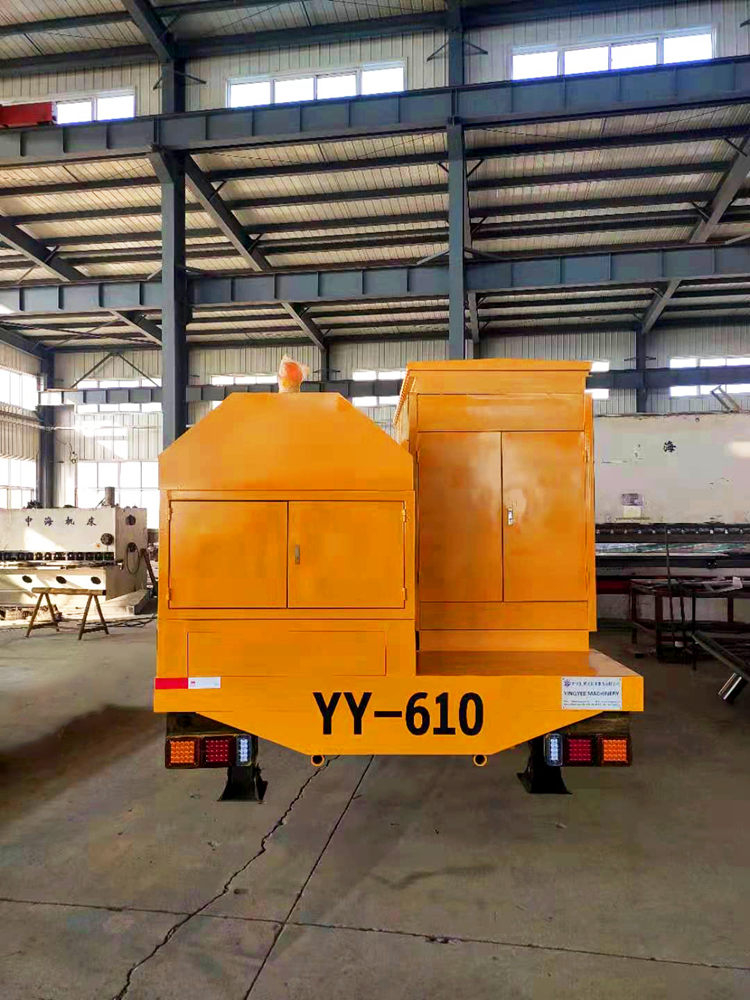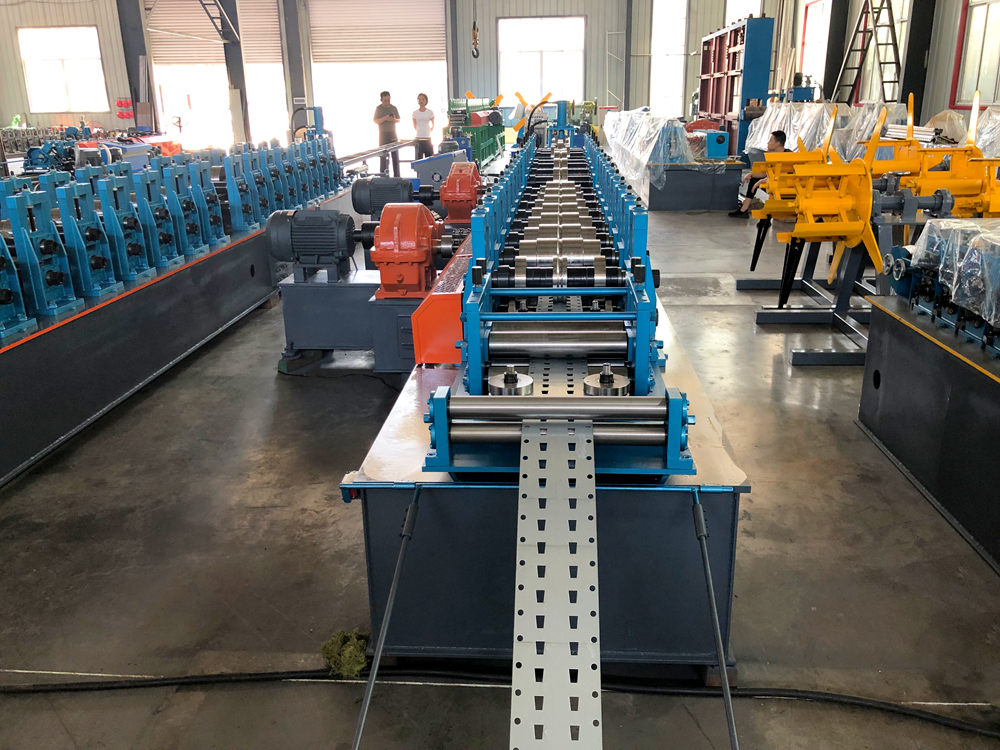- Industry Challenges & Roll Forming Solutions
- Technical Superiority in Modern Roll Forming
- Performance Comparison: Market Leaders Analyzed
- Custom Engineering for Solar Applications
- Material Efficiency & Cost Reduction Data
- Real-World Implementation Case Studies
- Sustainable Future with Advanced Roll Forming Lines

(roll forming line machine)
Roll Forming Line Machines: Reshaping Metal Fabrication
Contemporary manufacturing demands 25-40% faster cycle times than traditional press brakes. Roll forming line machines now achieve precision of ±0.1mm across 80-meter production lines, making them indispensable for structural components requiring batch consistency. The solar energy sector particularly benefits from specialized solar strut profile roll forming lines, where dimensional accuracy directly impacts panel mounting system durability.
Engineering Breakthroughs in Roll Forming Technology
Three innovations dominate modern roll forming systems:
- Servo-Driven Stations: 22% energy reduction vs. hydraulic systems
- AI-Powered Thickness Compensation: Maintains tolerance through 8,000+ operational hours
- Modular Tooling: 90-minute profile changeovers (industry average: 4.5 hours)
Manufacturer Capability Analysis
| Parameter |
Standard Line |
Premium Line |
Solar-Optimized Line |
| Speed (m/min) |
12-18 |
25-35 |
20-28 |
| Material Thickness |
0.3-2.0mm |
0.2-3.5mm |
0.8-4.0mm |
| Tool Life |
600,000 cycles |
1.2M cycles |
950,000 cycles |
Application-Specific Configuration Options
Solar structural lines require:
- Galvanized steel compatibility (Z275 coating)
- ±1° angular consistency over 30m spans
- Integrated punching at 120 strokes/minute
Custom roll forming lines adapt to:
- Profile complexity: Up to 32 roll stations
- Coil width: 900-1600mm variants
Operational Efficiency Metrics
Implementation data across 47 facilities shows:
- Material waste reduction: 18.7% average
- Labor cost decrease: $14.20 per linear meter
- Maintenance intervals extended by 300%
Global Deployment Success Stories
Case 1: Spanish solar farm contractor achieved 19,000 daily struts using dedicated roll forming lines, reducing installation time by 40% compared to prefab components.
Case 2: Automotive supplier eliminated secondary processing through in-line notching, boosting output to 7.2 million brackets annually.
Roll Forming Line Machines: Foundation for Green Manufacturing
Advanced lines now enable 93% material utilization rates in solar mounting production. With 78% of new solar farms specifying roll-formed components, these systems are critical infrastructure for renewable energy expansion. Future developments focus on hybrid lines combining roll forming with additive manufacturing for complex load-bearing structures.

(roll forming line machine)
FAQS on roll forming line machine
Q: What is a roll forming line machine used for?
A: A roll forming line machine is designed to continuously shape metal coils into specific profiles through a series of rollers. It is widely used in construction, automotive, and solar industries for producing high-precision, uniform components efficiently.
Q: How does a solar strut profile roll forming line differ from standard roll forming lines?
A: A solar strut profile roll forming line is specialized for creating structural supports for solar panel installations. It incorporates customized rollers and tooling to produce durable, corrosion-resistant profiles that meet solar industry standards, unlike general-purpose lines.
Q: What materials can a roll forming line process?
A: Roll forming lines typically handle materials like steel, aluminum, copper, and zinc-coated coils. The choice depends on the application, with thicknesses ranging from 0.1mm to 20mm, ensuring versatility across industries.
Q: Can roll forming lines be customized for unique profile designs?
A: Yes, roll forming lines can be tailored with adjustable rollers, cutting systems, and control software to create complex or custom profiles. This flexibility makes them ideal for specialized projects requiring unique dimensions or shapes.
Q: What maintenance is required for a roll forming line machine?
A: Regular maintenance includes lubricating rollers, inspecting hydraulic systems, and replacing worn tooling. Proper upkeep ensures consistent product quality, minimizes downtime, and extends the machine’s operational lifespan.








